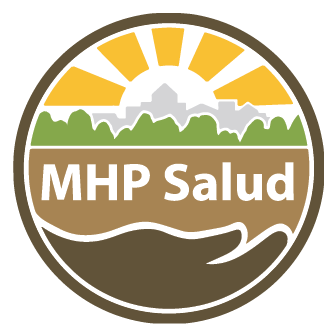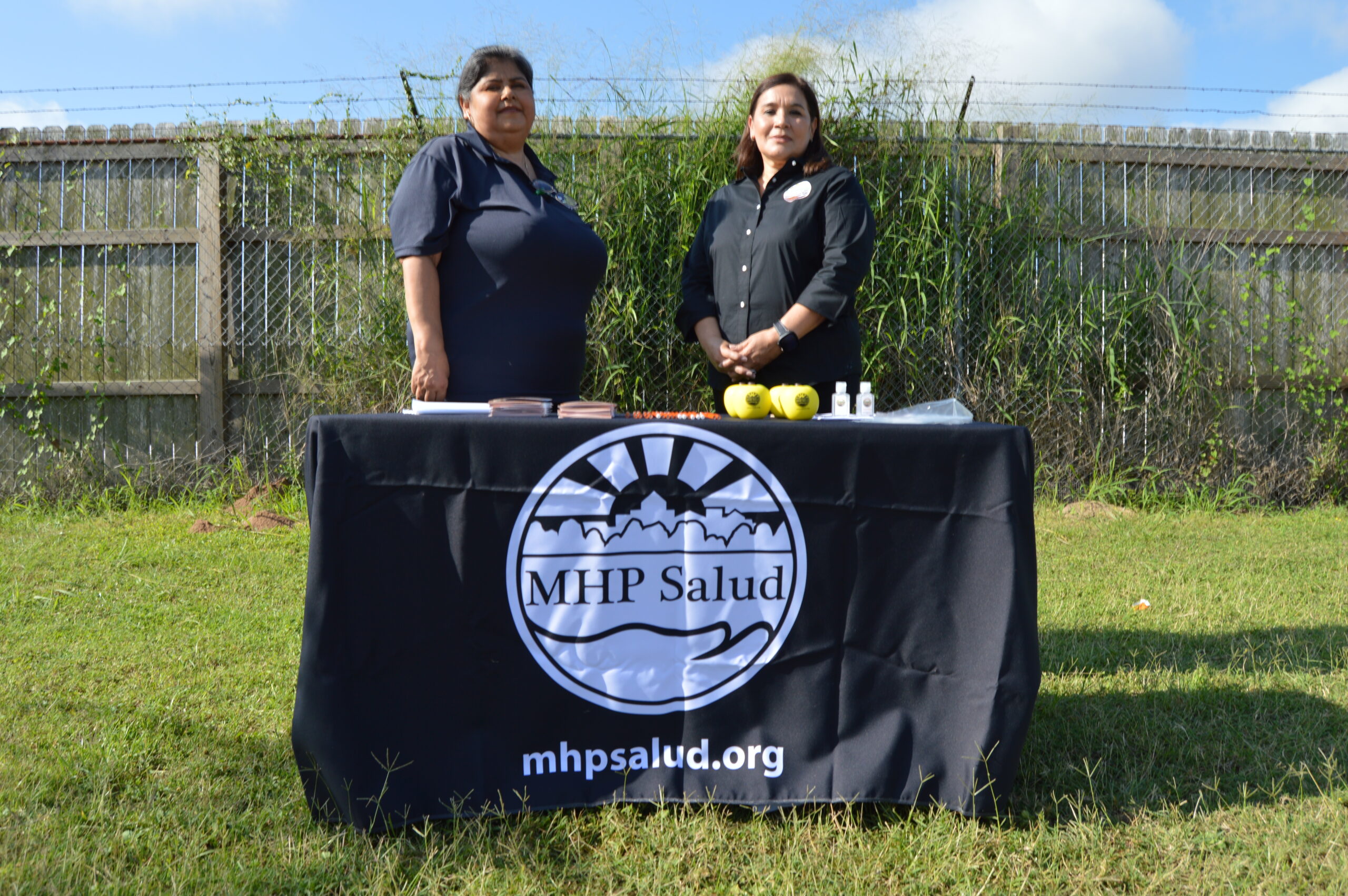News & Updates
Three Ways to Support Migrant Farmworkers Families as They Move from Place to Place
Migrant farmworkers and their families leave their homes to work in agriculture, affecting their mental and physical health. Moving often poses various challenges to migrant farmworker families. Migrant Health Centers, education programs, and legal aid services provide support to this migrant population.
News & Updates
Three Ways to Support Migrant Farmworkers Families as They Move from Place to Place
Migrant farmworkers and their families leave their homes to work in agriculture, affecting their mental and physical health. Moving often poses various challenges to migrant farmworker families. Migrant Health Centers, education programs, and legal aid services provide support to this migrant population.
Blog Topics
MHP Salud Announces the Retirement of CEO Dr. Gayle Lawn-Day and Welcomes Dr. Magaly Dante as New CEO
MHP Salud’s Board of Directors announces the retirement of Chief Executive Officer, Dr. Gayle Lawn-Day, after 14 years of leading the organization.
How Caring for an Older Adult Loved One Can Have Financial Consequences for Hispanic/Latino Caregivers
Latino caregivers feel a sense of purpose when caring for their older adult loved ones but with that can come financial consequences.
Cómo el cuidar de un ser querido adulto mayor puede tener consecuencias financieras para los cuidadores hispanos / latinos
Los cuidadores Latinos sienten un sentido de propósito al cuidar a sus seres queridos pero con eso vienen consecuencias financieras.
MHP Salud Announces the Retirement of CEO Dr. Gayle Lawn-Day and Welcomes Dr. Magaly Dante as New CEO
MHP Salud’s Board of Directors announces the retirement of Chief Executive Officer, Dr. Gayle Lawn-Day, after 14 years of leading the organization.
How Caring for an Older Adult Loved One Can Have Financial Consequences for Hispanic/Latino Caregivers
Latino caregivers feel a sense of purpose when caring for their older adult loved ones but with that can come financial consequences.
Cómo el cuidar de un ser querido adulto mayor puede tener consecuencias financieras para los cuidadores hispanos / latinos
Los cuidadores Latinos sienten un sentido de propósito al cuidar a sus seres queridos pero con eso vienen consecuencias financieras.





